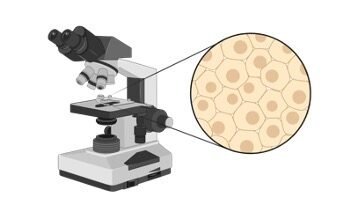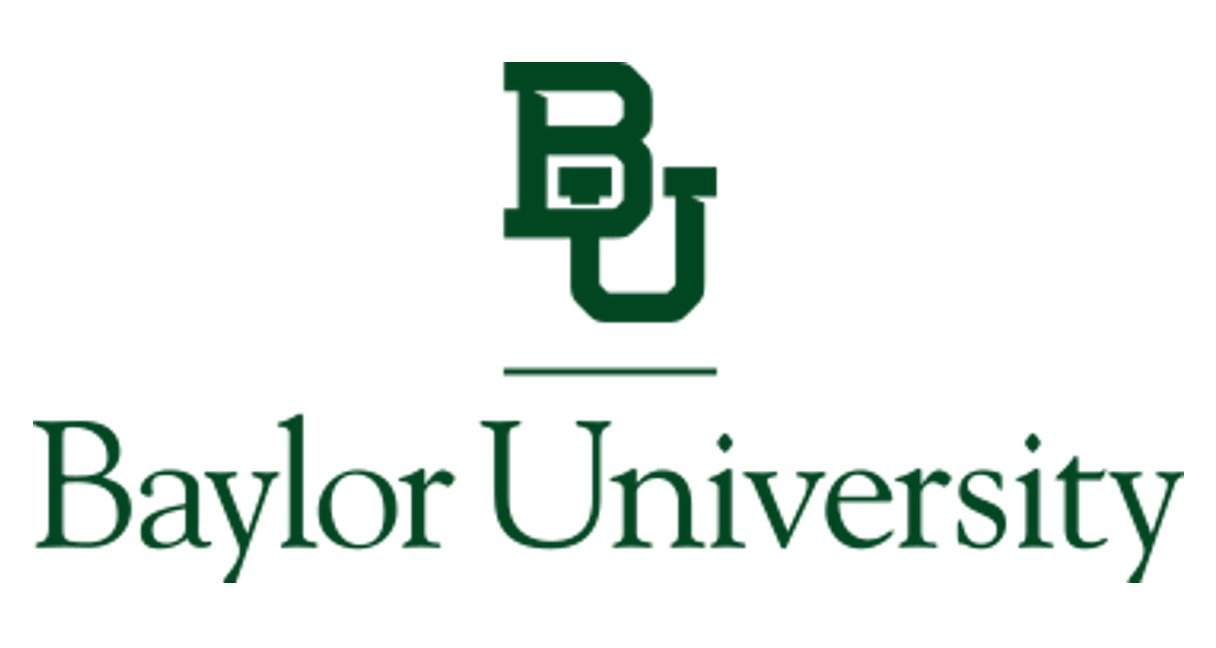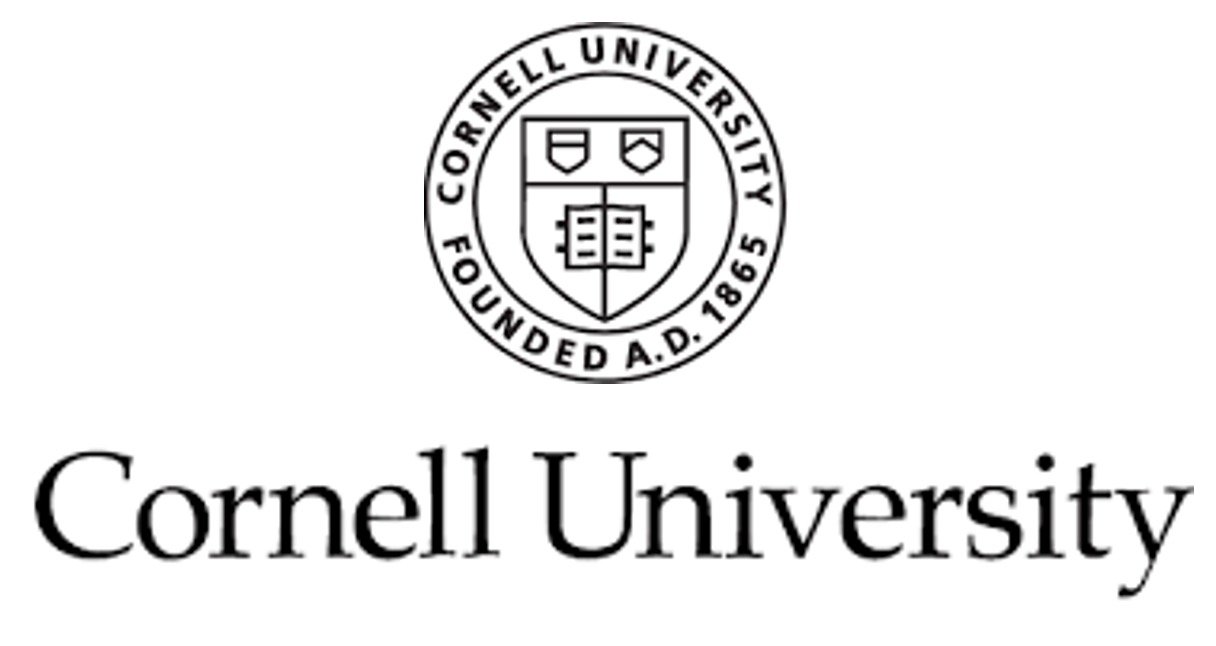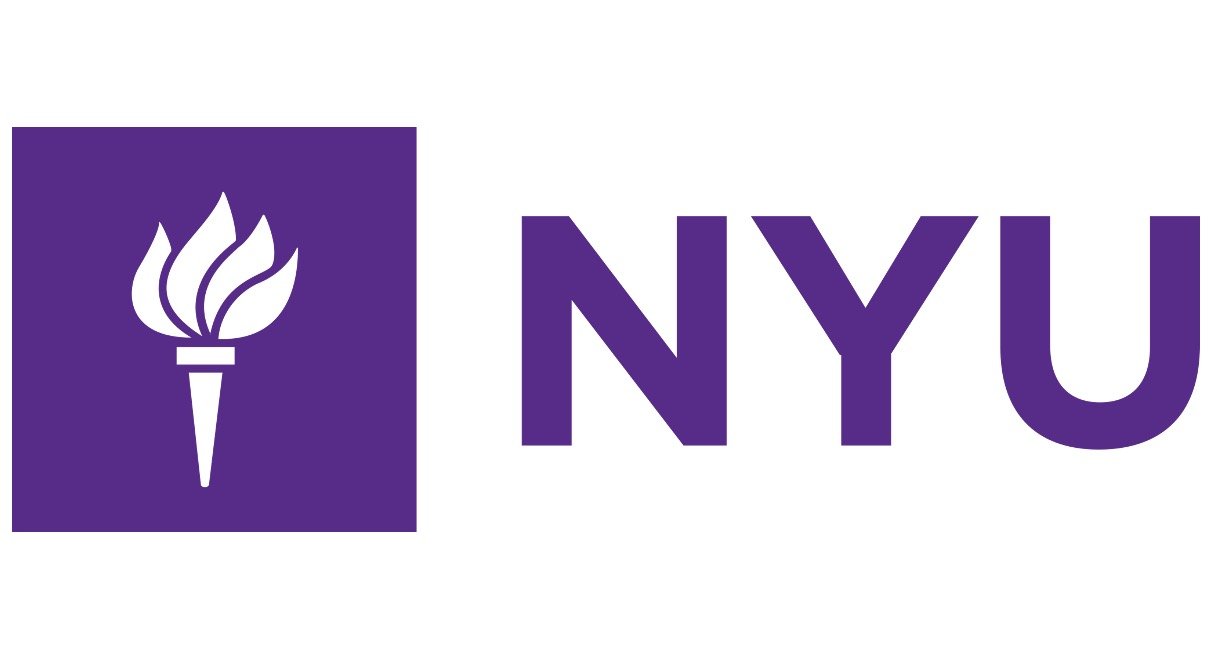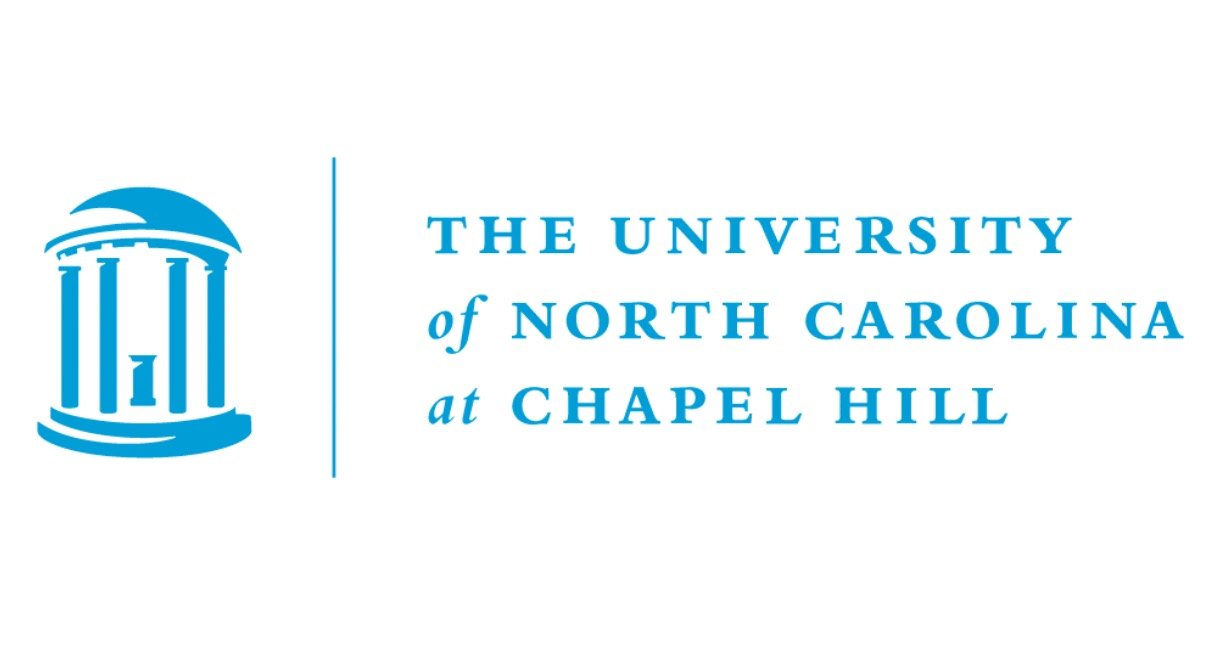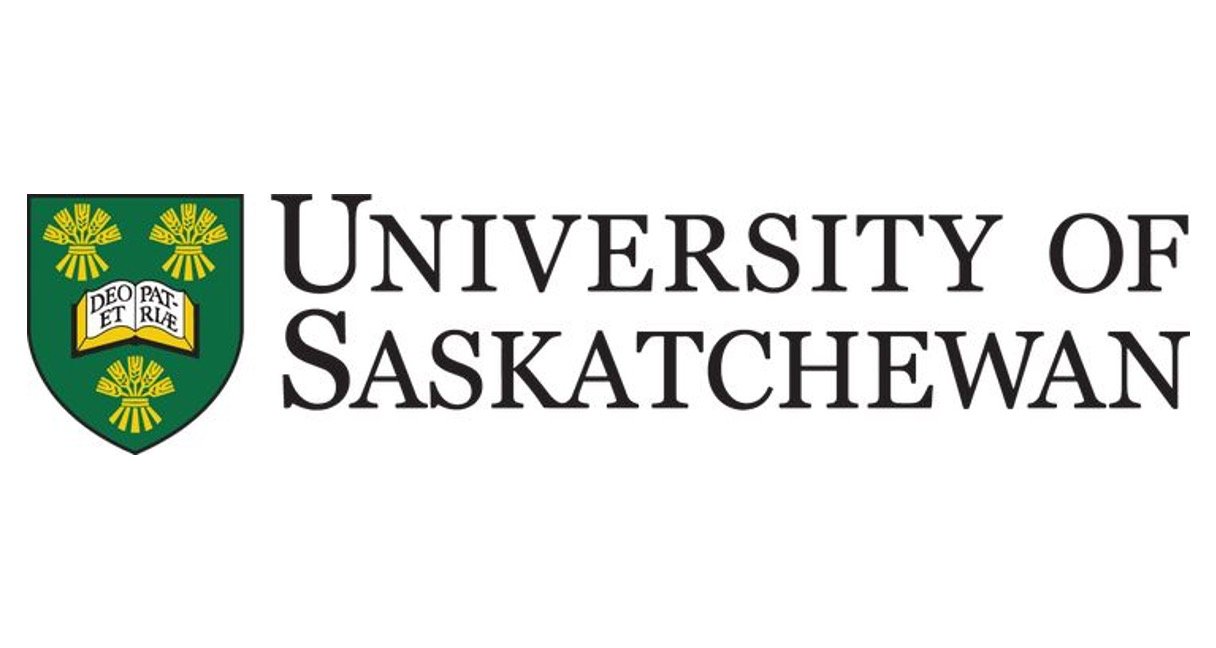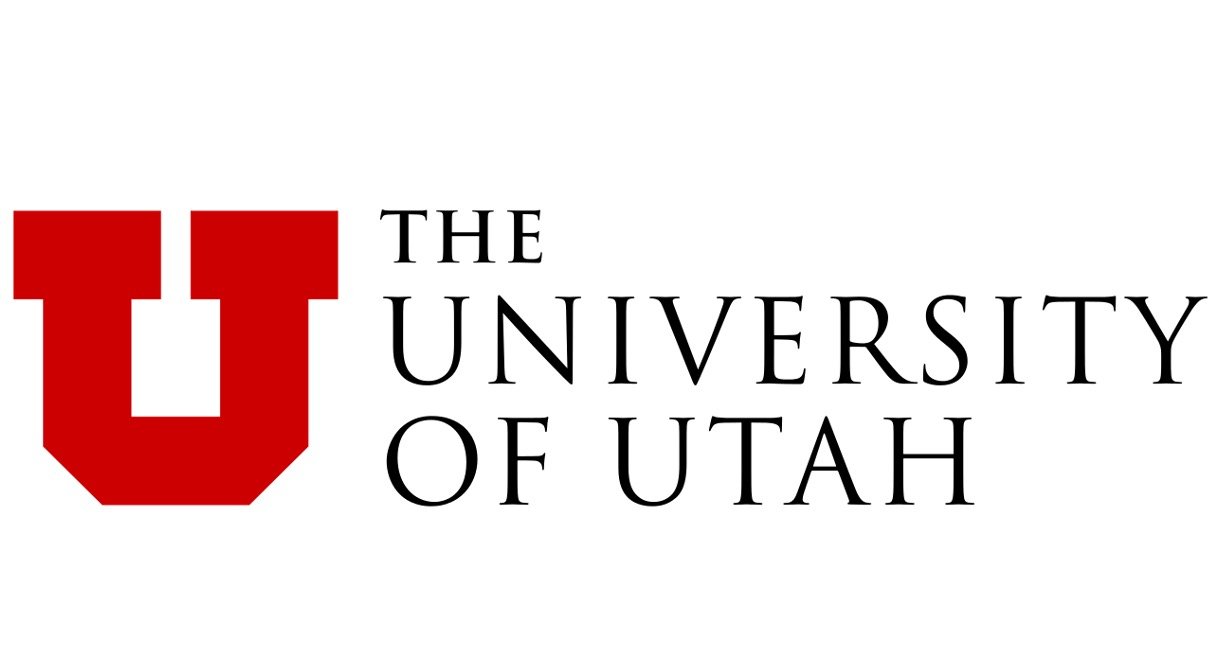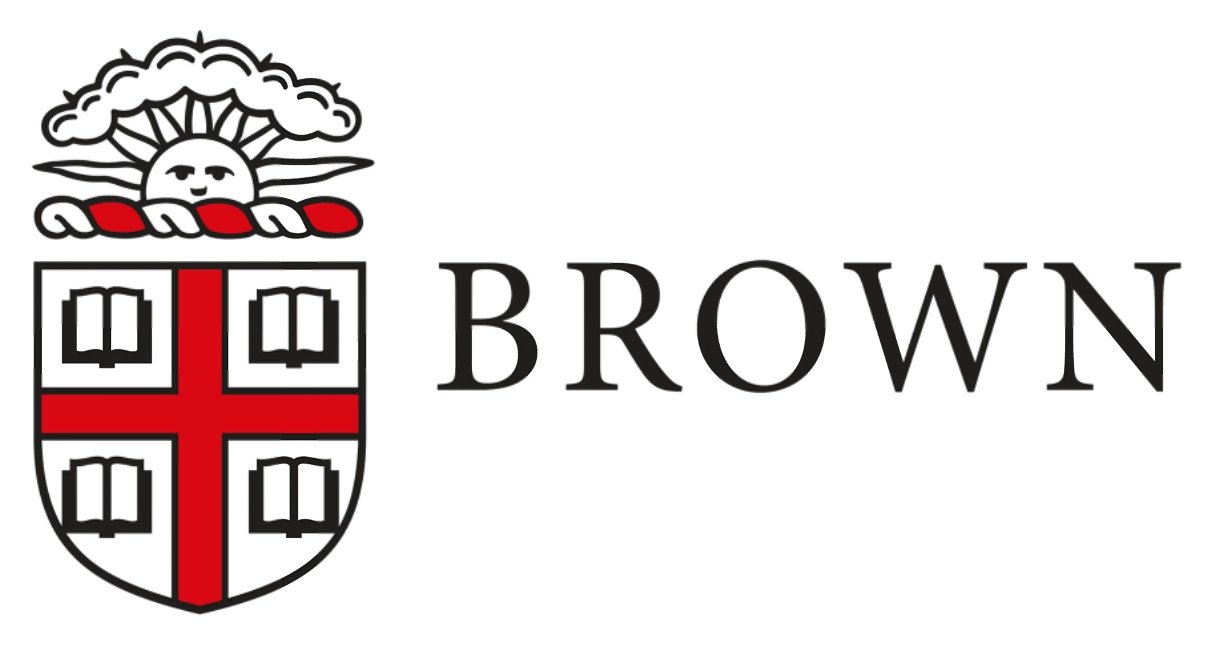Biceps Femoris Definition
The muscle found at the back of the thigh is called the biceps which belongs to the hamstrings muscle group. The biceps muscle is found in two parts and is a spindle-shaped muscle. It consists of two heads, the long head, and the short head.
The sites of origins of both heads are different which are innervated by different nerves. But, the heads are inserted at the same location and joined together.
The biceps femoris helps in the movement of hip joints and controlling the knee. Commonly, it gets injured in high-intensity sports.
Anatomy of Biceps Femoris
At the posterior to the short head, the long head of the muscle lies thus, we can only see the long head on looking at the thigh from behind. Although, a short head can be observed peeking out from underneath.
On the outer side of the leg, the muscle is the closest and it is the most lateral of the muscles in the back of the thigh.
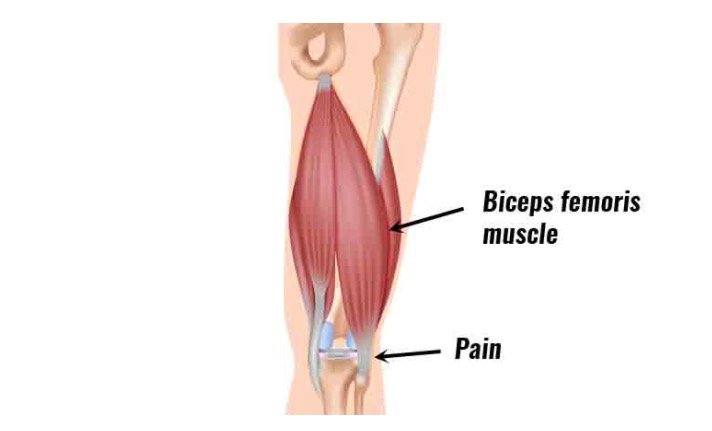
Image Credit: https://www.sportsinjuryclinic.net/
There are two different divisions of the sciatic nerve that innervate in muscle. The divisions are the common fibular division or the common peroneal nerve, and the tibial division.
The common fibular division innervates the long head of the biceps femoris, whereas the tibial division innervates the short head.
1. The Long Head
The long head is originated from the upper and medial part of the back of the ischial tuberosity of the pelvis. The ‘butt bone’ is the origin of the long head. The parts of the hamstring muscles are formed by the long head.
Along with the hamstring muscle, the long head also forms parts of two other muscles, named the semimembranosus and semimembranosus muscles. The long head of the biceps muscle is the strongest muscle of the hamstring group.
2. The Short Head
The short head of the biceps femoris has originated from the linea aspera and the supracondylar ridge of the femur. The ridge is located around the middle of the femur towards the knee.
Therefore, as compared to the long head the short head starts significantly lower down the leg. Unlike the long head, the ischial tuberosity is not the origin of the short head, thus it is not considered part of the hamstring.
As criteria are made that a muscle arising from the ischial tuberosity is classified as one of the hamstring muscles. Interestingly, the short head is altogether absent in humans also is show some anatomical variations.
3. Insertion
A tendon called the biceps femoris tendon is formed by the long head and short head by coming together at the distal thigh. This tendon inserts onto the lateral side of the head of the fibula and the lateral condyle of the tibia. Thus, on the outer side of the leg and the upper and outer surface of the shin bone, the two heads connect to the calf bone near where it meets the kneecap.
Functions of the Biceps Femoris
The biceps femoris provide movement and stability of the joints by acting on both the knee and hip. The long head acts on both head and knee but the short head only acts on the knee.
The actions are influenced by the short head and the long head, which the muscles take in different ways. The long head of the biceps femoris influence some actions such as the bending or the flexion of the knee, lateral rotation of the tibia, and extension of the hip joint such as stretching the leg backward.
The short head influences actions including lateral rotation of the tibia, flexion of the knee (bending of the knee).
Biceps Femoris- Associated Pain and Injury
The muscles of the biceps femoris are most commonly injured in the posterior thigh. This is due to the innervation of the long and short heads by different nerve branches. It is believed that sometimes, the muscles behave ‘out of sync’ and make them more vulnerable to injury.
Typically, during high-intensity exercise, the muscles get injured. Particularly during hip extension, such as when the leg is stretched out behind the body. The activities such as sprinting, American football, rugby, and hockey are associated with these injuries.
Usually, the force on the muscle causes these strains. The fibers will tear if the muscle is not strong enough to withstand the forces acting upon it and can cause intense, sharp pain at the back of the thigh.
The movement can also be impacted by these strains and cause pain in the knee and hip. These injuries can be prevented by carrying strength conditioning and stretching exercises.
The flexibility and range of movement of the joint will be improved by these exercises and it also allows the muscles to withstand increased force during exertion.
Treatment of Biceps Femoris Strains
The treatment of the biceps femoris includes reducing the inflammation and resting the muscle to allow it to heal and the thigh should be iced and rested. The use of anti-inflammatories helps in pain and swelling. Surgery may be required in some cases when the tendons have snapped or are severely torn.
Biceps Femoris Citations
Biceps Femoris – Long Head: https://rad.washington.edu/muscle-atlas/biceps-femoris-long-head/
Share

